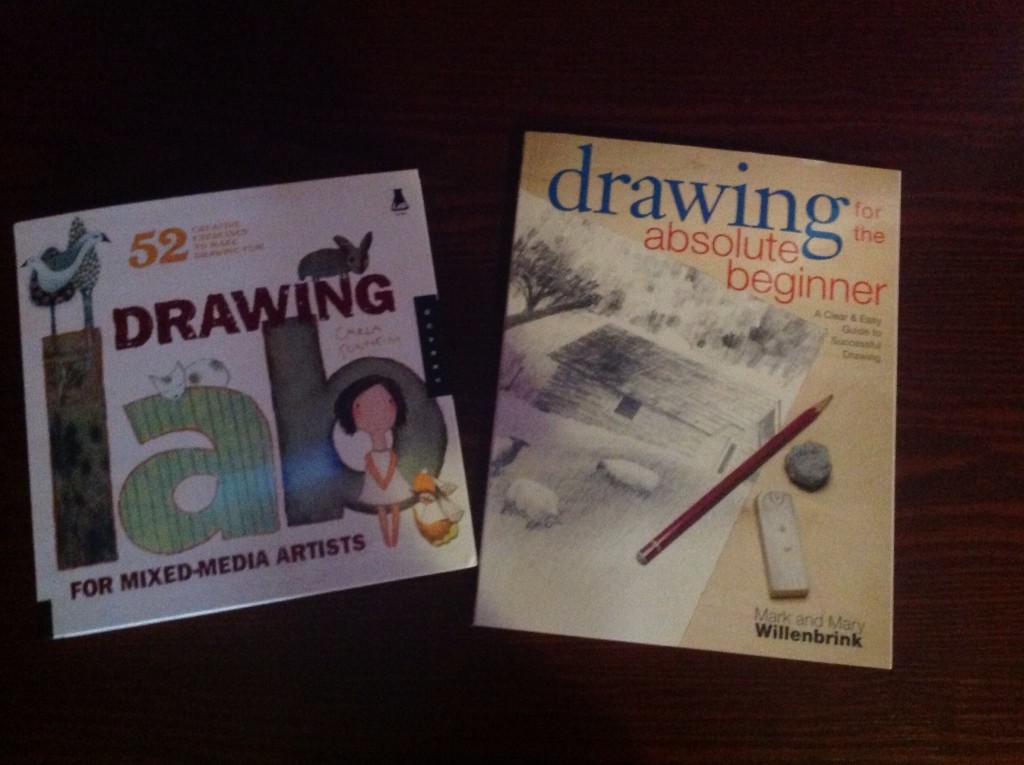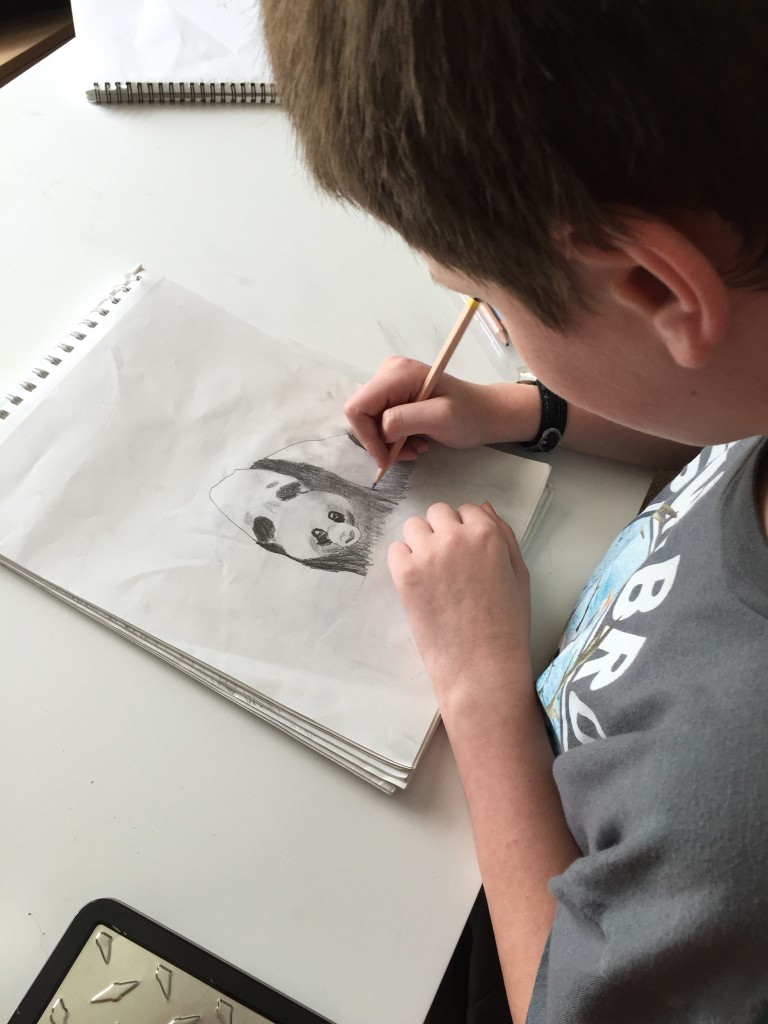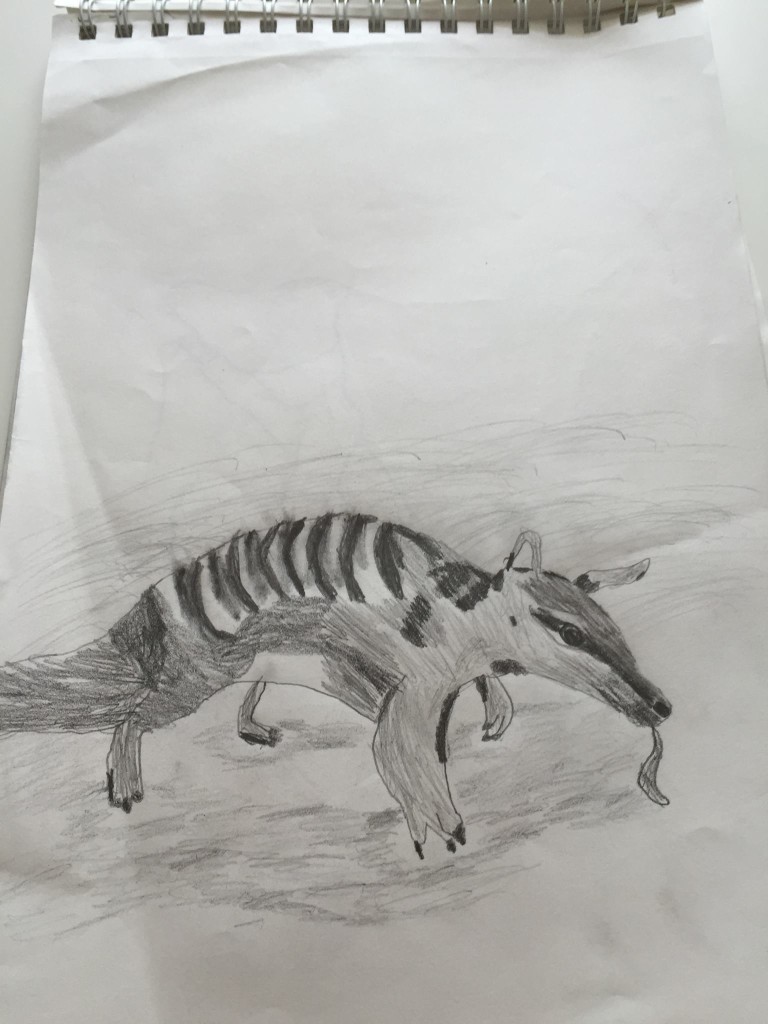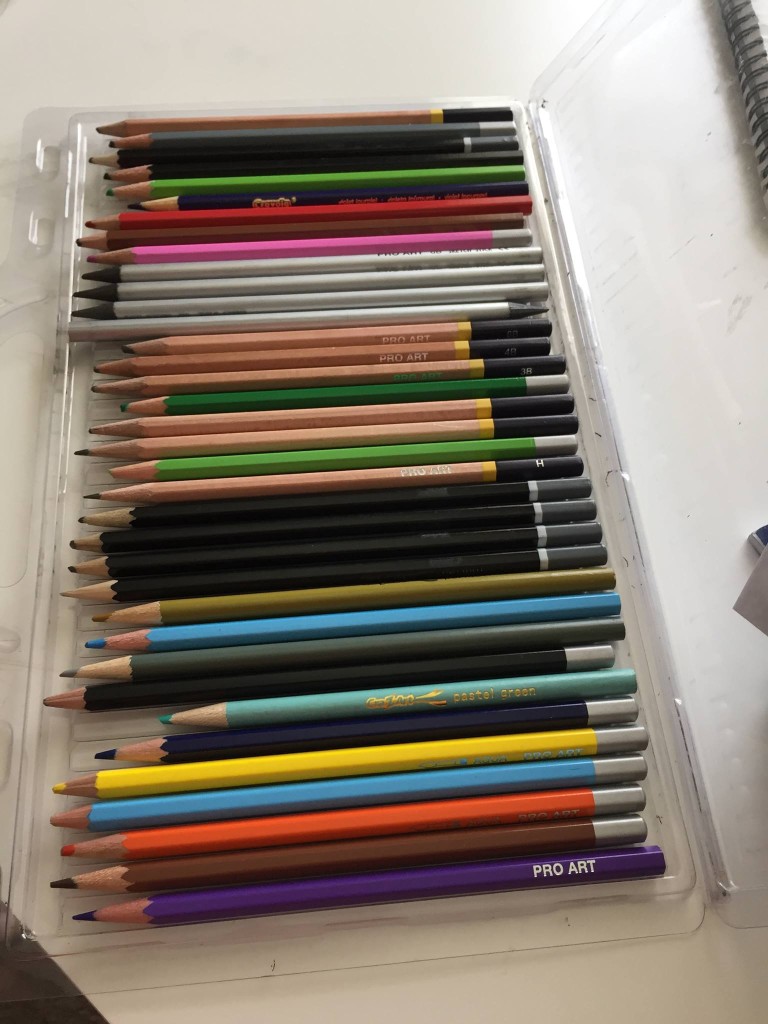Drawing For Kids Made Easy
Do you want to encourage your child to be an artist? I have found that there are some easy ways to facilitate their aptitude for drawing. My 10-year-old loves art. He loves drawing pictures, especially animals. He has recently also gotten into sketching still life images as well. I want to share with you some easy steps to encourage your child to fall in love with creating and art.
(In the spirit of full disclosure, this post does contain affiliate links, which means that I may get commissions if you decide to purchase anything from the following links. I only recommend products that I use and love myself!)
7 Easy Steps to Get Your Child Drawing
Here is what we’ve done with our own children to get them to be more proficient artists:
1. Give them their very own spiral bound sketchbook. Let them carry this sketchbook wherever they go. You never know when the mood will strike to capture what they are seeing into their very own artwork.
You might want to consider a separate book for your child to use for when they want to make final copies of their drawings. For finished work, a nice quality Drawing Pad also will come in handy.
2. Get them outside in nature. Take a nature walk and allow the children to look up close to the wonders of nature. Explore twigs and tree branches. Gaze at the tiny ladybug or the minute ant. See how the sun saturates a tree leaf. Explore the world around you. Maybe plan this for a once a week outing … or allow the kids to explore their own backyard.
3. Buy nice quality pencils. Here is the one we have started out with: Pro-Art 36 piece Artist Pencil Set. This set includes 12 watercolor colored pencils and 12 regular colored pencils along with 4 woodless graphite and 8 regular graphite with a variety of hard and soft pencils. If you are not looking for colored pencils and want to stick with black and white drawings, this kit is very reasonably priced and perfect for a beginner. I wouldn’t spend a lot on pencils at first but definitely, make sure you get a number of different types of lead. There are many of these types of kits to choose from both online and in art-supply stores. Whichever one you choose, make sure you get a kit that includes some combination of lead such as H, HB, 2B, 6B, and 8B. This will allow for shading and sketching. Let them start out with graphite pencils then move onto graphite sticks – later you may want to purchase charcoal pencils, sticks, and vine charcoal. This set is a good starter set for charcoal: Charcoal Tin
4. Encourage them to sketch what they see and really look at what they are drawing. Study it. Where do the shadows fall? How dark and light is each part of the object they are drawing?
I suggest starting out lightly sketching with an H or 2H pencil and then slowly building up to the darker shades as they try to fill in shadows. I don’t worry too much about technique in the early stages. They may choose to use smudging or horizontal lines to fill in space – or they may prefer cross-hatch. Let them experiment with different ways to fill in shadows. Focus more in the early days of just getting the object on paper – train your eye (and your child’s) to notice the details of what you see… from prints to shadows and then eventually working into perspective.
5. Buy them artist erasers – both white erasers and kneaded erasers This kit is a good price and includes three different types of erasers: Design Art Erasers. Kneaded erasers are good for blending and smudging, white erasers are especially good for highlights. I tend to not use gum erasers currently with my children but they are good for large areas that need to be erased and they will not damage your paper.
6. If you aren’t an artist – purchase a book or two on drawing Drawing Lab and Drawing for the Absolute Beginner are good choices. The Drawing Lab book has fun ideas for projects if your child needs help thinking of ideas or wants to do something different than sketching items from around the house. Drawing for the Absolute Beginner is good for teaching drawing technique. This is especially helpful if you don’t have a drawing or art background.
7. Let them study objects in real life – up close. After they have done that, it doesn’t hurt to buy a good book where they can study animals – especially animals that they don’t see in everyday life. We have enjoyed this one: The Illustrated Atlas of Wildlife. My son really loves this book and even packs it on long trips so that he’ll have something to draw.
If you give your child opportunities to draw, this Summer, they will! Let them explore the world around them as they put to paper what their eye can see.
You might also like:
Create an Art Center in Your Home
ARTistic Pursuits Middle School Book One {REVIEW}
Mess Free Art Afternoons {Kwik Stix Review}







Great resources that you have listed! Your son does an amazing job on his drawings! 🙂
Thank you Johanna!